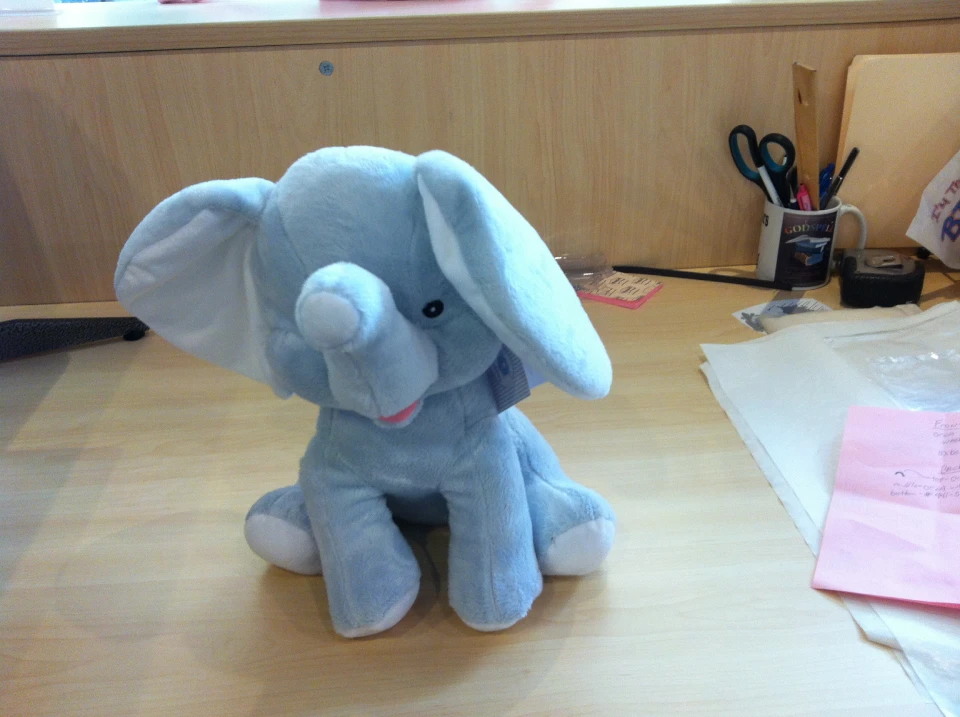The Art of Custom-made Needlework: Opening the Keys to Creating One-of-a-kind and Memorable Designs
The secrets to producing custom-made embroidery styles that mesmerize the eye and leave a lasting impression lie in a delicate balance of technique, creativity, and interest to detail. As we dive right into the world of customized embroidery, we uncover the nuanced interaction between string choice, sew complexity, and layout customization that elevates a plain garment to a work of art.
Picking the Right Embroidery Threads
When choosing embroidery strings, what key aspects should you consider to make sure the most effective results for your custom-made layouts? The selection of embroidery string is crucial in identifying the final end result of your stitched layout. Among the main factors to consider is the product of the string. Different products such as cotton, polyester, rayon, and silk supply differing degrees of luster, resilience, and structure. It is important to pick a string product that enhances the textile you are stitching on and lines up with the wanted appearance of the layout.
Thicker threads can include dimension and texture to your style, while finer threads are optimal for detailed details and small text. In addition, taking into consideration the color fastness and washability of the string is essential to make certain that your custom-made layouts preserve their top quality and vibrancy over time.
Discovering Different Stitch Strategies
To explore the realm of 'Checking out Different Stitch Methods', one must comprehend the intricacies and nuances that each sewing method brings to the art of needlework. Various stitch methods not just include visual rate of interest yet also add to the total texture and measurement of the layout. One prominent stitch technique is the satin stitch, which includes carefully stuffed parallel stitches to create a smooth and glossy surface area, perfect for filling in shapes and developing bold describes.
On the various other hand, the backstitch is a versatile strategy frequently utilized for laying out and including great details. It involves stitching backwards to produce a strong line of needlework. Additionally, the French knot stitch adds a responsive component to designs, ideal for producing textured accents like flower centers or ornamental touches.
Checking out various stitch strategies permits embroiderers to have fun with light, shadow, and deepness within their layouts, boosting the visual charm and artistic high quality of their needlework projects. By grasping numerous sewing techniques, one can open limitless opportunities for creating special and remarkable customized needlework pieces.
Incorporating Personalized Style Aspects
Having actually checked out the complexities of different stitch methods such as the satin stitch, backstitch, and French knot, the emphasis currently shifts in the direction of including customized style elements in custom embroidery projects. Personalized style elements play an essential duty in making needlework jobs truly special and memorable.
An additional way to integrate personalized style elements is by including icons or motifs that hold unique meaning to the recipient or show their passions and personality. For instance, integrating a favored flower, animal, or hobby-related symbol can make the embroidery style more significant and tailored. Additionally, choosing colors that reverberate with the recipient or straighten with the intended theme can additionally boost the customization of the needlework project.
Mastering the Art of Color Sychronisation

One trick element of shade sychronisation is recognizing color concept. This includes recognizing how various shades interact with each other, the feelings they share, and exactly how they can be incorporated to create visually enticing layouts. By applying color theory concepts, embroiderers can develop unified color palettes that improve the general appearance of the design.
Furthermore, focusing on contrast is important in shade control. Making use of contrasting colors can help certain aspects of the layout pop, boost readability, and create a visually vibrant needlework item. By mastering the art of color coordination, embroiderers can elevate their designs and produce unforgettable pieces that resonate with clients and audiences alike.
Enhancing Structure With Advanced Needlework Stitches
French knots, for example, are perfect for adding small, raised dots to your design, imitating the look of beads or creating a textured surface. Bullion knots, on the other hand, can be used to create twisted, ropelike elements that include a glamorous navigate to this website feel to the embroidery. Seed sewing entails little, scattered stitches that can complete locations with a polychromatic appearance, while turkey job develops cosy, dimensional accents evocative pet fur or foliage. Trying out these advanced embroidery stitches allows you to go to website press the borders of typical needlework and produce really distinct and visually enticing appearances in your styles.
Final Thought
Finally, the art of custom-made embroidery includes a combination of choosing the appropriate threads, exploring different stitch techniques, including individualized design components, grasping shade sychronisation, and boosting texture with innovative stitches. By understanding and applying these crucial elements, embroiderers can produce one-of-a-kind and unforgettable layouts that showcase their imagination and skill. Embroidery fanatics can unlock the tricks to developing beautiful and custom items that stand apart and leave a long-term impression.
Comments on “Heat Transfer on T-Shirts and Aprons - Personalized Designs and Logo Designs”